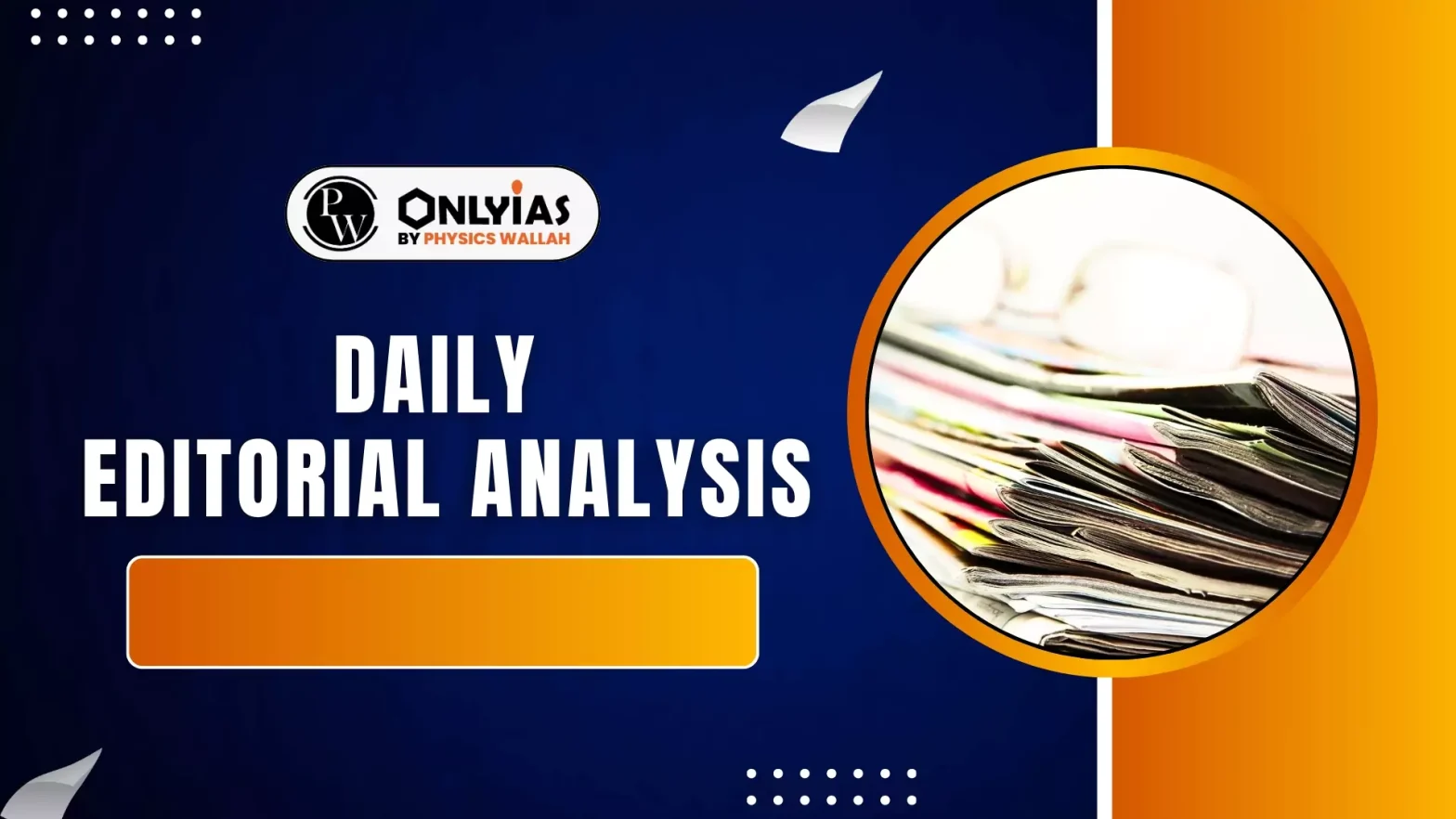Recent incidents, including a viral Instagram reel where a girl rejected a boy for using a wheelchair, and a comedian mocking people with disabilities, highlight persistent societal bias.
- Despite growing awareness of inclusivity, individuals with disabilities continue to face prejudice and stereotyping.
Media Portrayals
- Inspirational Stereotype: TV shows, like the 2009 US show ‘Glee‘ often use differently abled persons as inspirational stereotypes , showcasing them in a way that is meant to motivate others.
- Divine Punishment: Old Hindi movies, like ‘Jeevan Naiya’ (1936), depicted blindness as a punishment from God.
- Comedy through Exaggeration: Movies like ‘Hum Hain Kamaal Ke‘ , ‘Tom Dick and Harry’ (2006) and ‘Pyare Mohan’ (2006) exaggerate disabilities to generate comedy.
Impact on Differently Abled Persons
- Identity Reduction: Such portrayals lead to their disability becoming their sole identity, overshadowing their unique personality.
- Erosion of Dignity: Their dignity and self-respect are compromised, as they are constantly depicted as victims, leading many to internalise the idea that there is something inherently wrong with them.
- Real-Life Barriers: This prejudice creates real-life obstacles, affecting their opportunities in areas like marriage and employment.
Legal Frameworks
- Constitutional Articles: Article 15 promotes the Right to Equality and equal treatment, prohibiting discrimination.
- Article 21, expanded by the Supreme Court in the Menaka Gandhi case, guarantees the Right to Life with Dignity.
- Article 142: The Supreme Court also possesses tremendous power under Article 142 to pass any order to ensure complete justice.
- Rights of Persons with Disabilities Act, 2016: Section 3(1) of this Act mandates the government to ensure equality, dignity, and respect for persons with disabilities.
Judicial Safeguards for Dignity of Persons with Disabilities in Media
- Nipun Malhotra vs. Sony Pictures Films (2024): The Supreme Court issued guidelines to prevent incorrect portrayal of disabled persons in visual media, emphasising adherence to constitutional values.
- Samay Raina Case: The Court stated that while humour is good, it becomes problematic when it targets and hurts the sensibilities of a community.
- It conveyed the message to “make jokes, but don’t make fun of someone”.
- While Samay Raina invoked Article 19 (freedom of speech), the Supreme Court clarified that this right is not absolute and cannot infringe upon the Article 21 right to live with dignity of differently abled persons.
- Although “dignity” might not be explicitly listed in Article 19(2)’s restrictions, the fundamental right to dignity must be upheld.
- Indiabulls Creative vs. Government of West Bengal (2019): The Court acknowledged satire’s role in exposing societal contradictions but stressed that it falls under the reasonable restrictions of Article 19(2).
Conclusion
Rights are not absolute and do not exist in a vacuum. While freedom of speech is a crucial pillar of democracy, the foundation of democracy rests on dignity for all.
- If freedom causes harm to a group that has historically suffered from oppression and discrimination, then restrictions on that freedom are necessary.
![]() 16 Sep 2025
16 Sep 2025

